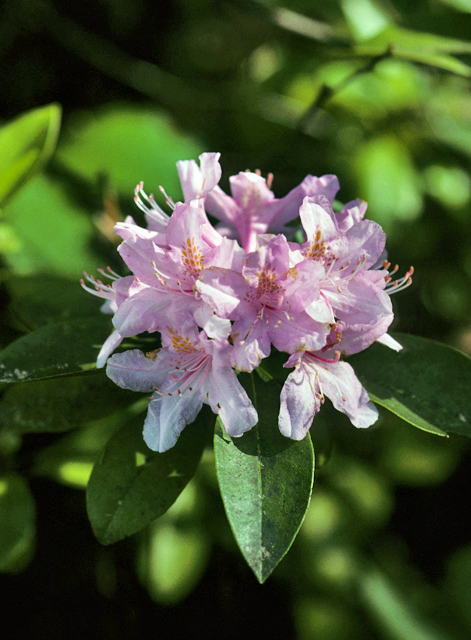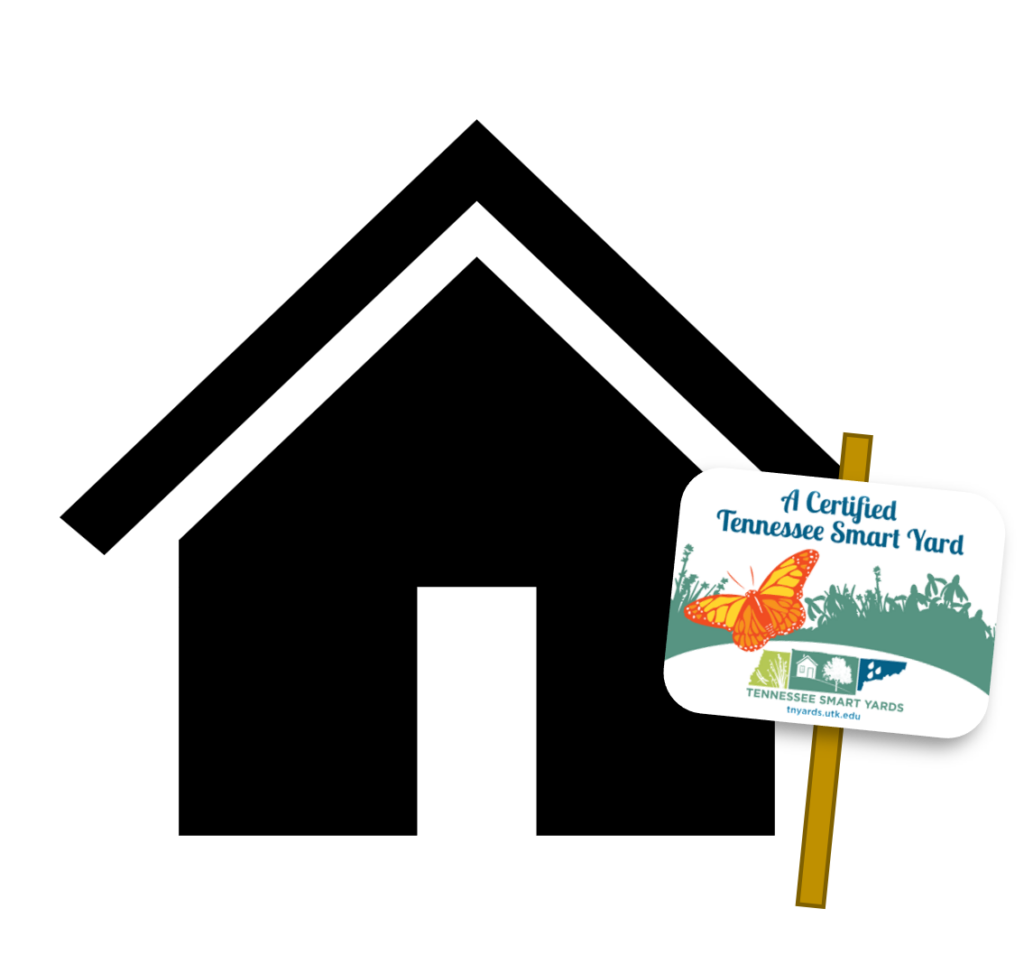
Common Name: Carolina Rhododendron, Carolina Laurel, Piedmont Rhododendron
Bright shade; moderately wet to moderately dry moisture level; rocky, gravelly or sandy loams, shallow loams, silt loams or clay loams; demands strongly acid to moderately acid pH, tolerates slightly acid pH.
3-6 feet height by 3-6 feet spread; blooms in spring; rose pink flowers; fruits are brown, dry capsules in early August, persisting through late February.
Growth Rate: Medium to slow
Maintenance: Frequent disease and insect problems. Good cultural practices help reduce damage. Frequent ice and wind damage during winter; plant in a sheltered location. Use a yearly addition of organic mulch to retain moisture and reduce temperature fluctuations. Avoid application of fertilizers which tend to create fertilizer burns. Rhododendrons are sensitive to high levels of fertilizer salts.
Propagation: Seed propagation code A. Moderately easy from seed and difficult by cuttings. Seeds need to be mixed loosely into a sphagnum moss and sprinkled lightly over a 2:1 perlite/peat mixture and germinated under a mist or in a plastic tent at 45-50 degrees F.
Native Region: East Tennessee, especially the Unaka Mountains
Evergreen, mound-shaped rhododendron with upright stems and picturesque, irregular, ascending branches. Flowers are mildly scented. Occurs naturally on stream banks and moist slopes. All parts are poisonous to humans. Low wildlife value, with limited use by birds. Attracts bees. Cultivars available.
